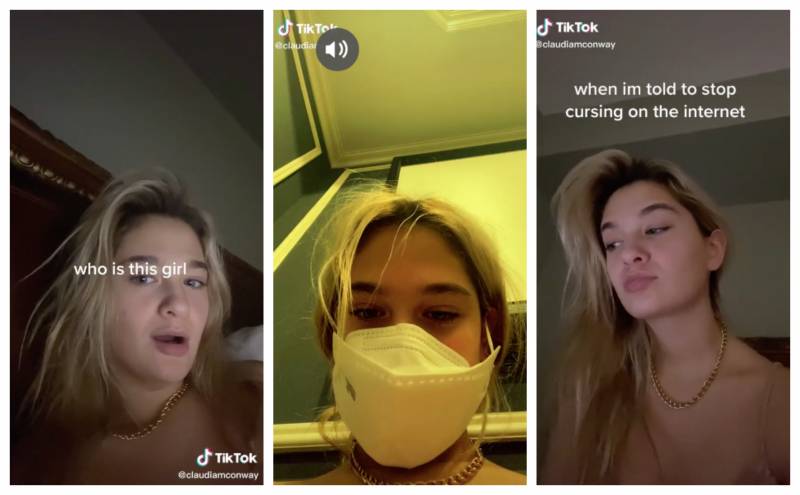It started in earnest in 2018. After 17 people were killed in a mass shooting at their school, the teenagers of Marjory Stoneman Douglas High School were thrust onto the national stage. The teen leaders—including David Hogg, Emma González and Cameron Kasky—that emerged that February went on to organize March For Our Lives, a national gun control movement designed for young people.
A few months later, 16-year-old Greta Thunberg inspired a global, youth-led movement for climate action. By September, she was addressing the United Nations Climate Change Conference. “This is all wrong,” she scolded the room. “I shouldn’t be standing here. I should be back in school on the other side of the ocean. Yet you all come to me for hope? How dare you.”
That same month, 23-year-old Boyan Slat sailed away from San Francisco Bay to try and clean up the Great Pacific Garbage Patch—a plan he had been hatching since the age of 16. The hopes pinned on him have been consistently hyperbolic—“Ocean Action Hero,” one headline recently blared.
There have been others since, like 13-year-old LGBTQ+ activist Desmond is Amazing, who was the Grand Marshall of Brooklyn’s Pride parade last year. And Isra Hirsi, who founded the U.S. Youth Climate Strike when she was 15. Let’s not forget that several of the Bay Area’s biggest Black Lives Matter marches this year were organized by teens.
These young activists are inspiring, no doubt. But the adults watching them have created a narrative that these kids are going to fix national and global problems that currently seem insurmountable—thus absolving themselves of responsibility. On the flip side, glorifying youth activists as saviors has had the unintended effect of exposing them to online harassment and constant scrutiny. Which is why it seemed perfectly reasonable for adults to immediately hail Claudia Conway as both a hero and a villain.


